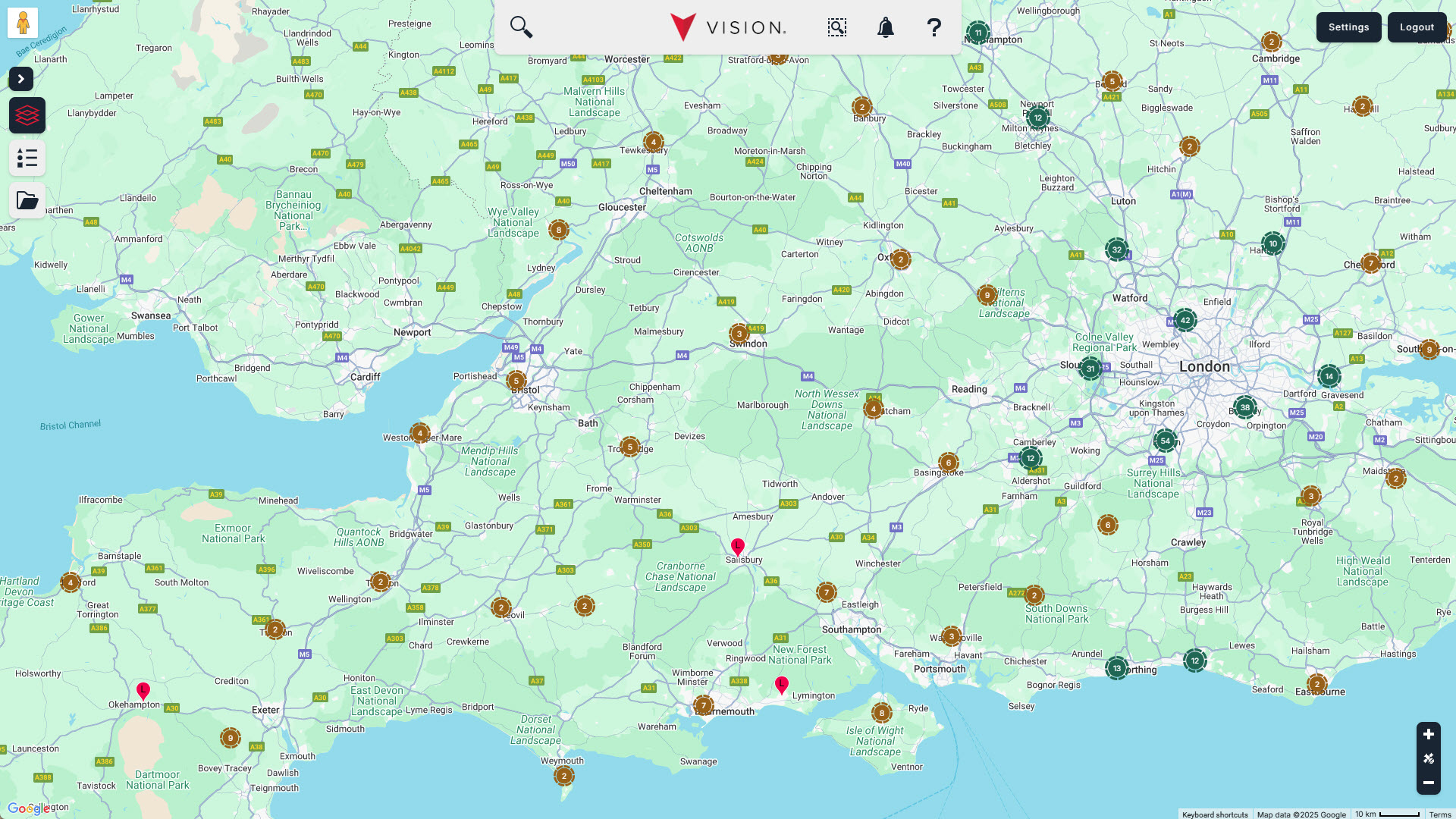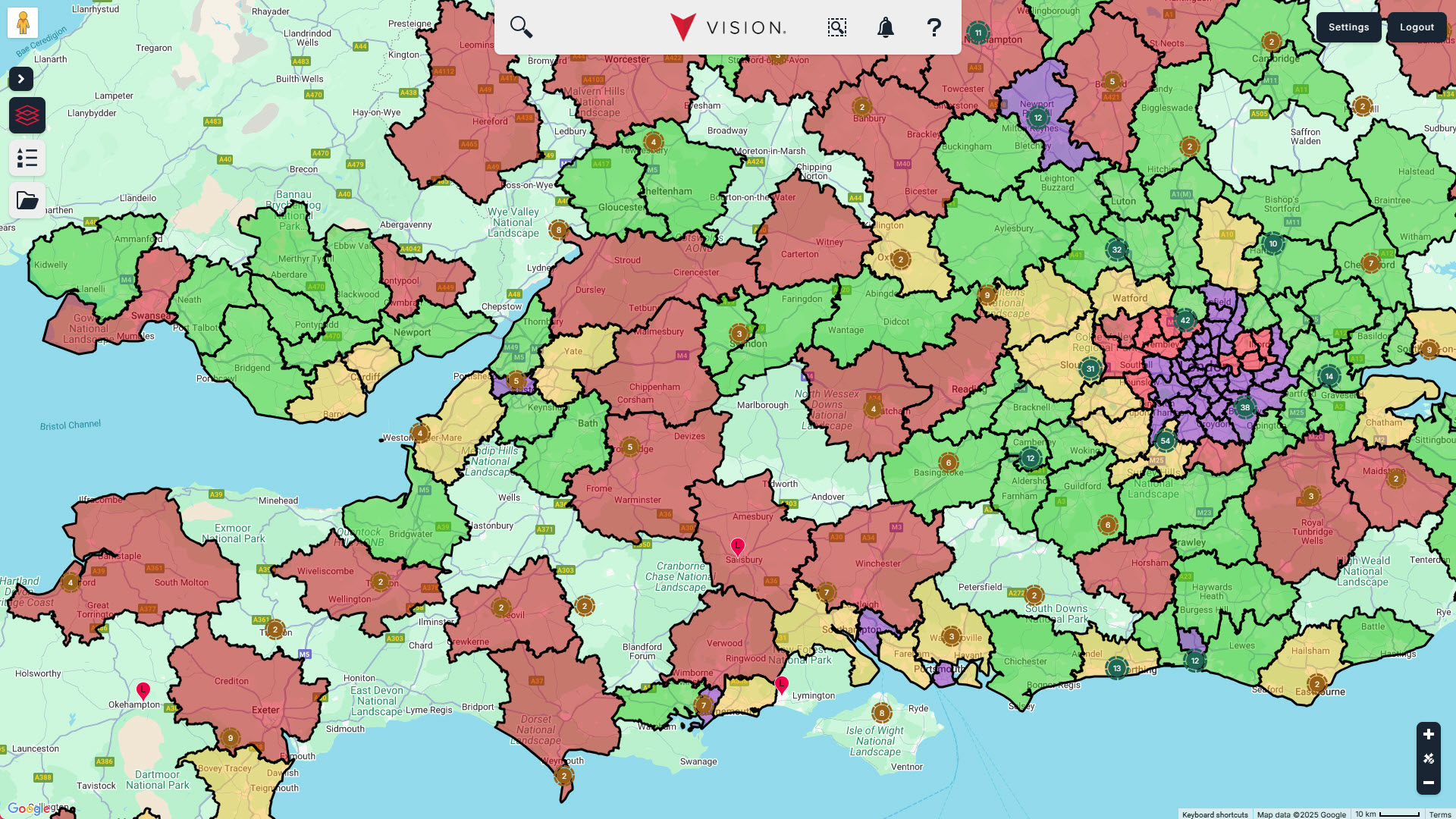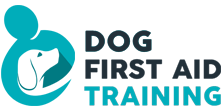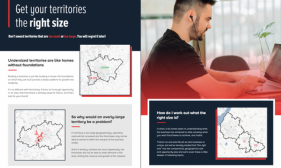Branch planning
We’re not claiming anything we do is rocket science, but branch planning can be particularly tricky. You’ve probably landed here because you’re looking for a more precise and data-driven solution than the one you’re currently using to help your organisation meet ambitious growth targets.
Branch planning is usually B2B and the fact that you may well have one address for invoicing, but many addresses that need servicing makes it incredibly challenging to calculate the sale potential of individual patches. But, at Atlas Mapping, there’s nothing more we love than a good challenge. Our motto? Solve complex problems with logic and grace.









Before and After Using Atlas Mapping
Explore the evolution of branch planning with our interactive before and after mapping slider.



Digging as deep as we need to go
With Branch Planning, we often have to think laterally to find the right solution. We might need to introduce job locations, for example, into our calculations to close the gap in the missing information. That’s because, once you bear in mind the jobs and link them to the customers, you get a much better sense of the amount of work being done in an area.
Many jobs have an invoice value associated to them. So use that data too and we can say, in the area around the branch, you have x million pounds of customer value and y million pounds of job value.
But the picture can still be incomplete. Because it's B2B, your clients will be providing services or materials to their own clients. So, the big question is, who are your customers’ customers? That’s when we keep digging into new streams of data, like domestic demographics, that can help give us a clearer picture.
So, you have your branch, you have all the potential businesses you can work with and you have all the potential households they are serving. This leads to an efficient and scalable branch network that’s fit for purpose.
Atlas Mapping 4-stage process
Stage 1 - Scope data requirements
First, we need to understand what we need to analyse to create the ideal network for your business.
.svg)
Stage 2 - Analyse data
We use geographic data, usually a mix of your own data and market data, to draw our conclusions and find the best approach to follow.

Stage 3 - Territory/market mapping
We then map out the territories or markets you want to grow into, even taking into account topography and road networks.

Stage 4 - Delivery into Vision
This gives you and your fellow stakeholders easy access to all the data and a range of user-friendly tools to manage the project.

More daily calls
Higher operating margin
Motivated team
Easier planning
Happier customers
Dynamic planning
We share your vision using our Vision
Once your network is created, it’s delivered in Vision. All the information you need can be colour-coded so it’s easy for everyone to see where that next branch should go. Your business will keep steadily growing but we’ll stay one step ahead.

































Ready to realise your full potential?
Give us a ring, drop us an email, or fill in the form below to contact us.



